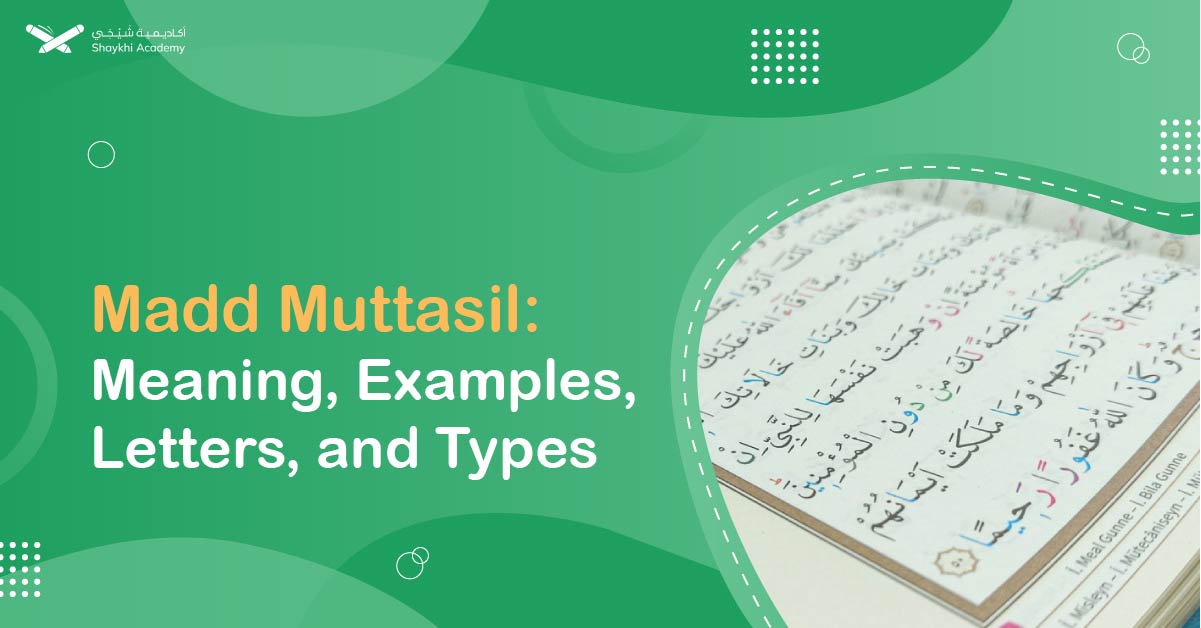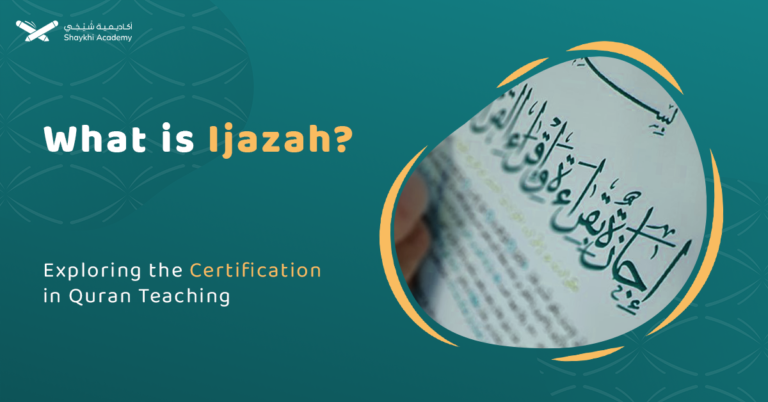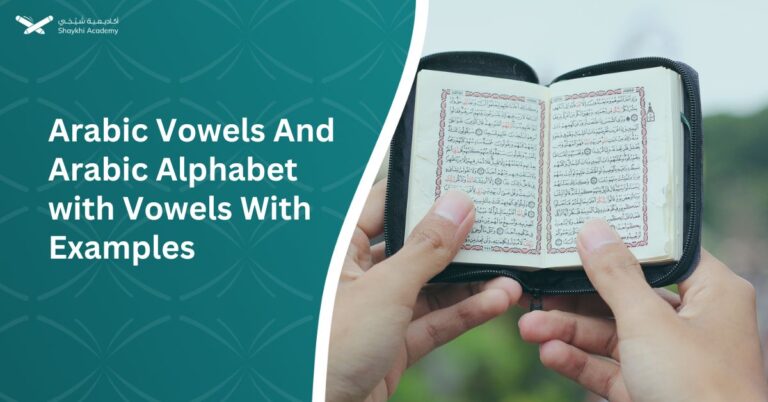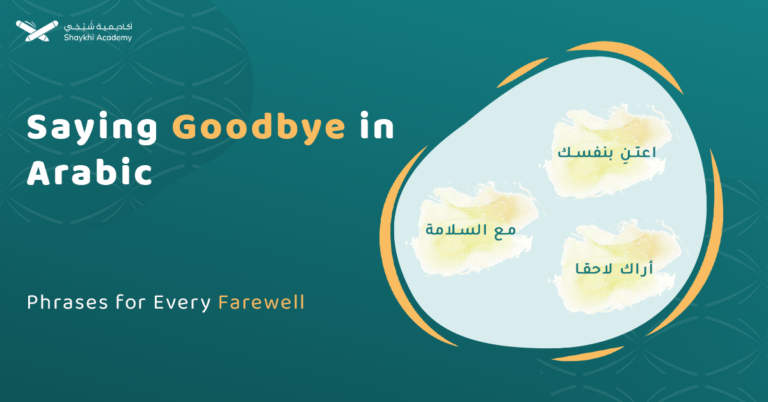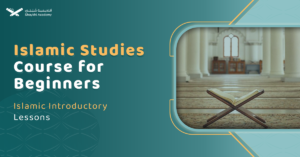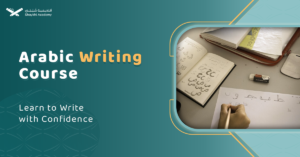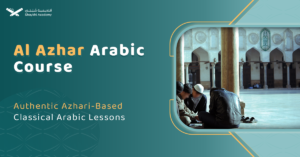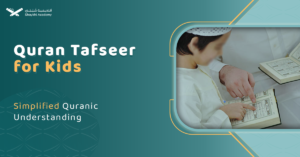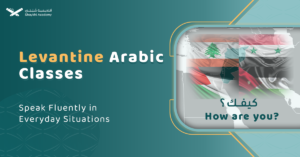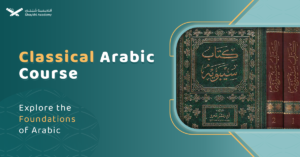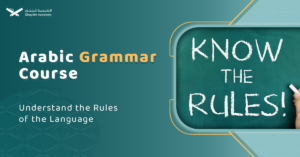Madd Al-Muttasil in Tajweed dictates elongating letters like Alif, Waw, or Ya when followed by a hamzah within the same word, ensuring precise Quranic recitation. This rule mandates extending these letters by four or five counts, as exemplified by words such as “السَّماءَ” and “الشِّتَاءِ” in the Quran, maintaining the eloquence and correctness of reciting Allah’s words.
Understanding the nuances of Tajweed, the art of Quranic recitation, is essential for preserving the beauty and accuracy of the Quran. One crucial aspect of Tajweed is the rule of Al-Madd Al-Muttasil, a type of secondary elongation (Madd Far’i). This guide will explore the definition, rules, duration, examples, and the difference between Madd Muttasil and Madd Munfasil, ensuring you can recite the Quran with precision and elegance.
What is Al-Madd Al-Muttasil?
In the intricate world of Tajweed, Madd Al-Muttasil plays a significant role. Before diving into the specifics, it’s essential to grasp the basics of Madd (elongation). In Quranic recitation, Madd is the extension of a vowel sound to maintain the correct pronunciation and rhythm.
Al-Madd Al-Muttasil occurs when an elongation letter (Alif, Waw, or Ya) is followed by a hamzah (ء) within the same word. This connection gives it the name “Muttasil” (connected). It is also known as “Madd Wajib Muttasil” (obligatory connected elongation) because scholars unanimously agree that it must be elongated more than two counts.
When a hamzah follows an elongation letter within the same word, the elongation is extended by four or five counts (Harakat).
Importance of Al-Madd Al-Muttasil
Elongation ensures that the recitation adheres to the traditional and correct pronunciation. Madd Al-Muttasil specifically maintains the flow and rhythm, ensuring that the divine words are recited beautifully and accurately.
Examples from the Holy Quran
To understand Madd Al-Muttasil practically, let’s examine some verses from the Quran where this rule is applied.
| Verse | Transliteration | Explanation | Surah | Ayah |
| وَالسَّمَاءَ بَنَيْنَاهَا بِأَيْدٍ وَإِنَّا لَمُوسِعُونَ | Wa as-samaa’a banaynaaha bi-aydin wa inna la-moosi’oon | In the word (السَّماءَ – as-samaa’), the elongation letter (Alif) (ا) is followed by a hamzah (ء), extending the Alif by four or five counts. | Adh-Dhariyat | 47 |
| لِإِيلَافِ قُرَيْشٍ إِيلَافِهِمْ رِحْلَةَ الشِّتَاءِ وَالصَّيْفِ | Li’ilaafi Quraysh, ‘iilaafihim rihlat ash-shitaa’i wa as-saif | In the word (الشِّتَاءِ – ash-shitaa’), the hamzah (ء) follows the elongation letter (Alif) (ا), extending the Alif by four or five counts. | Quraysh | 2 |
| وَجِيءَ يَوْمَئِذٍ بِجَهَنَّمَ | Wa jee’a yawma’idhin bi-jahannam | In the word (جيءَ – jee’a), the hamzah (ء) follows the elongation letter (Ya) (ي), extending the Ya by four or five counts. | Al-Fajr | 23 |
| كَمَن زُيِّنَ لَهُ سُوءُ عَمَلِهِ | Kaman zuyyina lahu suu’u ‘amalih | In the word (سُوءُ – suu’), the hamzah follows the elongation letter (Waw), extending the Waw by four or five counts. | Muhammad | 14 |
Special Case: Madd Wajib Muttasil at Word End
A unique scenario occurs when the hamzah appears at the end of a word. If the reader stops on this word, it is permissible to extend the elongation letter (Madd letter) by four, five, or six counts.
Examples of Words with Hamzah at the End
- يشاء (yashaa)
- السماء (as-samaa’)
- الشتاء (ash-shitaa’)
Quranic Example
In Surah Al-Jumu’ah, Ayah 4, the verse (ذَلِكَ فَضْلُ اللَّهِ يُؤْتِيهِ مَن يَشَاءُ) “Dhalika fadhlullahi yu’teehi man yashaa’u” demonstrates this rule. When stopping on the final hamzah in (يَشَاءُ – yashaa’u), the preceding Alif (ا) can be extended by four, five, or six counts.
Difference Between Madd Muttasil And Madd Munfasil:
To avoid confusion, it is essential to differentiate between Madd Muttasil and Madd Munfasil. Here is a comparative table:
| Type of Madd | Madd Muttasil | Madd Munfasil |
| Definition | The hamzah follows the elongation letter in the same word (single word). | The hamzah follows the elongation letter in two separate words. The first word ends with an elongation letter, and the second word begins with a hamzah. |
| Duration of Madd | Four or five or six counts | Four or five counts |
| Ruling of Madd | Obligatory (the elongation letter must be extended) | Permissible (the elongation letter may be extended or shortened). |
| Example from the Quran | (وَأَمَّا السَّائِلَ فَلَا تَنْهَرْ)“Wa amma as-saa’ila fala tanhar” (Surah Ad-Duha, Ayah 11) | (وَلَا أَنتُمْ عَابِدُونَ مَا أَعْبُدُ)“Wa la antum ‘abidoona ma a’bud” (Surah Al-Kafirun, Ayah 5) |
Shaikhy Academy’s Teaching Philosophy
While self-study is valuable, having a qualified teacher or mentor can significantly accelerate your understanding of Tajweed. Teachers provide personalized feedback, correct mistakes, and offer nuanced insights that are often missed in self-study.
At Shaikhy Academy, our teaching philosophy centers on interactive and immersive learning. We believe that students learn best when they actively engage with the material and receive immediate feedback. Our instructors are trained to provide supportive and constructive criticism, helping students to steadily improve their recitation skills.
At Sheikhy Academy, we offer online Tajweed lessons that you can access anytime and from anywhere. Our skilled teachers help you learn and master the rules of Tajweed.
This science explains the rules and principles that must be adhered to when reciting the Quran, as taught by Muslims from the Prophet Muhammad (peace be upon him).

Conclusion:
Madd Al-Muttasil is a crucial rule in Tajweed, focusing on the elongation of letters when a hamzah follows within the same word. This type of Madd ensures proper pronunciation and rhythm in Quranic recitation. When an elongation letter (Alif, Waw, or Ya) is followed by a hamzah, it must be extended by four or five counts, as agreed upon by scholars.
Examples from the Quran include words like “السَّماءَ” and “الشِّتَاءِ,” where the elongation letter is elongated due to the following hamzah. Understanding this rule helps maintain the accuracy and beauty of Quranic recitation, ensuring the divine words are recited with reverence and clarity.
One of the very important rules in Tajweed is Madd Muttasil. As you reach the end of this article, we hope you have learned about Madd Muttasil in a simple and easy manner. You should now understand why it is called Madd Muttasil and its connection with the presence of a hamzah after the elongation letter within the same word.
